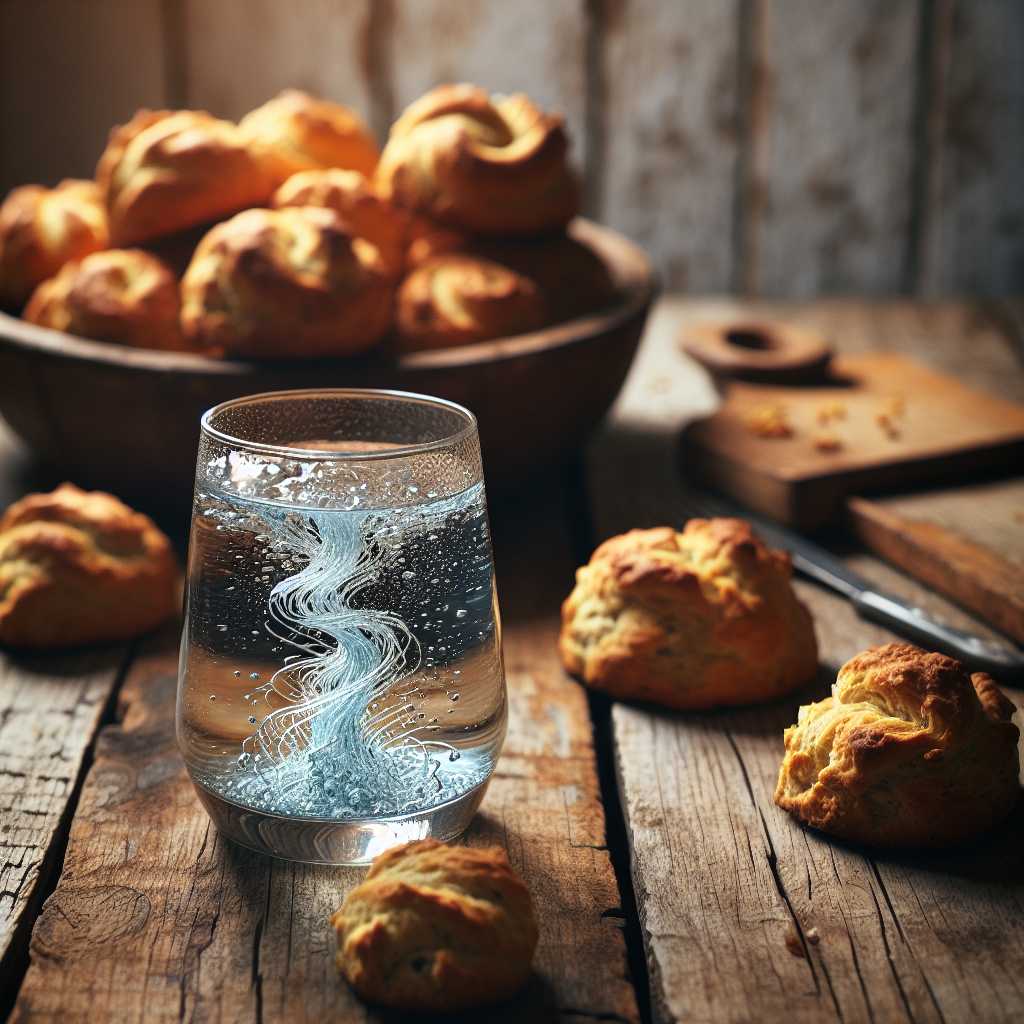The Versatile Ingredient: Exploring the Culinary and Nutritional Profile of Buttermilk
Buttermilk is a dairy product often associated with good old-fashioned cooking and baking. Originally the liquid left over from churning butter, it has taken on new forms in modern culinary use, being cultured for consistent acidity and flavor. The versatility of buttermilk ranges from enriching baked goods with a tender crumb to adding tang to savory dishes. In this exploration of buttermilk, we delve into its production, culinary uses, health benefits, and even its role in cultural traditions.
Production and Types of Buttermilk
Buttermilk is available in various forms, reflecting its production process:
Traditional Buttermilk:
Historically, buttermilk was simply the liquid that remained after butter was churned from cultured or fermented cream. This version is rarely found commercially due to its variable taste and consistency.
Cultured Buttermilk:
Today’s most common form, cultured buttermilk, is made by adding lactic acid bacteria to milk. The resulting fermentation thickens the milk and imparts a tangy flavor. It can be made from skim or whole milk.
Low-Fat and Fat-Free Variants:
As consumer interest in healthier alternatives grows, buttermilk is now available in low-fat and fat-free variants. These maintain the characteristic flavor while reducing caloric content.
Powdered Buttermilk:
Powdered buttermilk is dehydrated buttermilk used for convenience in baking, offering a longer shelf-life and ease of storage.
Culinary Uses of Buttermilk
In Baking:
Buttermilk is revered for its ability to tenderize gluten, making baked goods like pancakes, biscuits, and cakes soft and fluffy. Its acidity reacts with baking soda to create carbon dioxide, aiding in leavening.
Marinades:
The acidic nature of buttermilk makes it ideal for tenderizing proteins. It’s commonly used in marinades for poultry or as the base for Southern-style fried chicken brines.
Salad Dressings and Dips:
Its creamy texture and tartness become the backbone of many salad dressings and dips, such as the classic ranch dressing.
Beverages:
In some cultures, buttermilk is consumed as a beverage, enjoyed for its digestive benefits. Flavored variants with herbs or fruits are also popular.
As a Substitute:
Buttermilk can replace milk or yogurt in recipes to add moisture while lowering fat content. This swap can also impart a bit more flavor and complexity.
Nutritional Profile and Health Benefits
Buttermilk is recognized not just for its culinary qualities but also for the nutritional values it offers:
Macro-Nutrients:
In its low-fat form, it provides protein without a high amount of calories or fats. The caloric content can vary depending on whether it is made from whole or skim milk.
Digestive Health:
The live cultures found in buttermilk can contribute to gut health by acting as probiotics.
Bone Health:
Rich in calcium and phosphorus, buttermilk contributes to maintaining bone density and overall skeletal health.
Vitamins and Minerals:
Supplying vitamins such as riboflavin (B2) and essential minerals like potassium, it supports metabolic functions and regulates blood pressure.
Cultural Significance of Buttermilk
Different cultures have hailed buttermilk for centuries:
In South Asia:
It’s known as ‘chaas’ or ‘moru,’ served alongside meals for its cooling properties in hot climates.
In Eastern Europe:
Kefir, a close relative to buttermixturement using yeasts along with lactic acid bacteria which gives it a characteristic fizz.
Irish Traditions:
Buttermilk’s most famous association may be with Irish soda bread, where it’s a critical element that interacts with bicarbonate of soda in lieu of yeast.
Notes
*Image description*: A refreshing glass of cultured but stream heading through it placed on a rustic kitchen table alongside a pile of freshly baked scones, embodying the connection between but being an essential factor for nurturing health.

